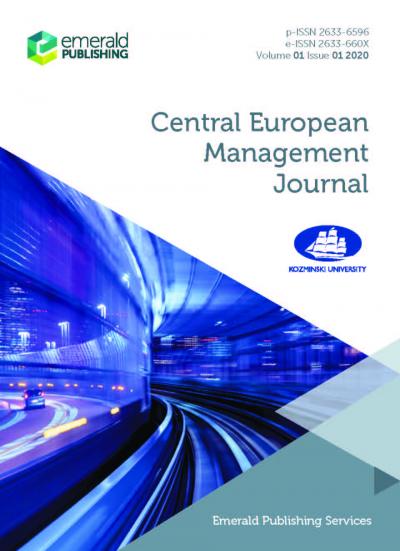Gender Stereotypes and Family Decision-Making: Comparative Study of Central Europe and Central Asia
Olga Yanovskaya
Independent Agency for Accreditation and Rating, Nur-Sultan, Kazakhstan
Anastassiya Lipovka
Almaty Management University, Almaty, Kazakhstan
9/2022 30 (3) Central European Management Journal
DOI 10.7206/cemj.2658-0845.82








